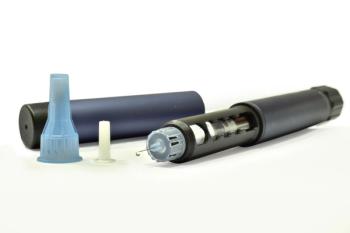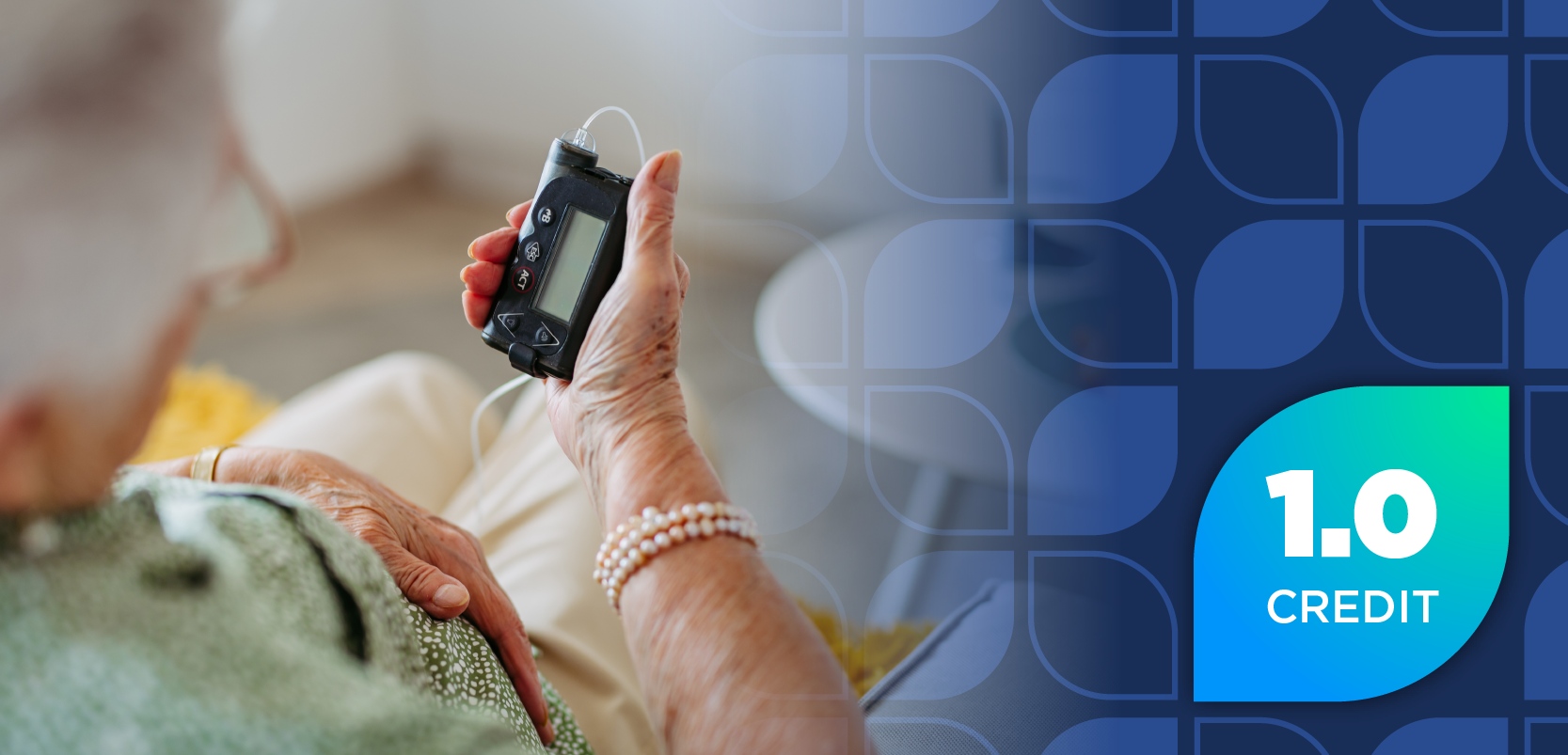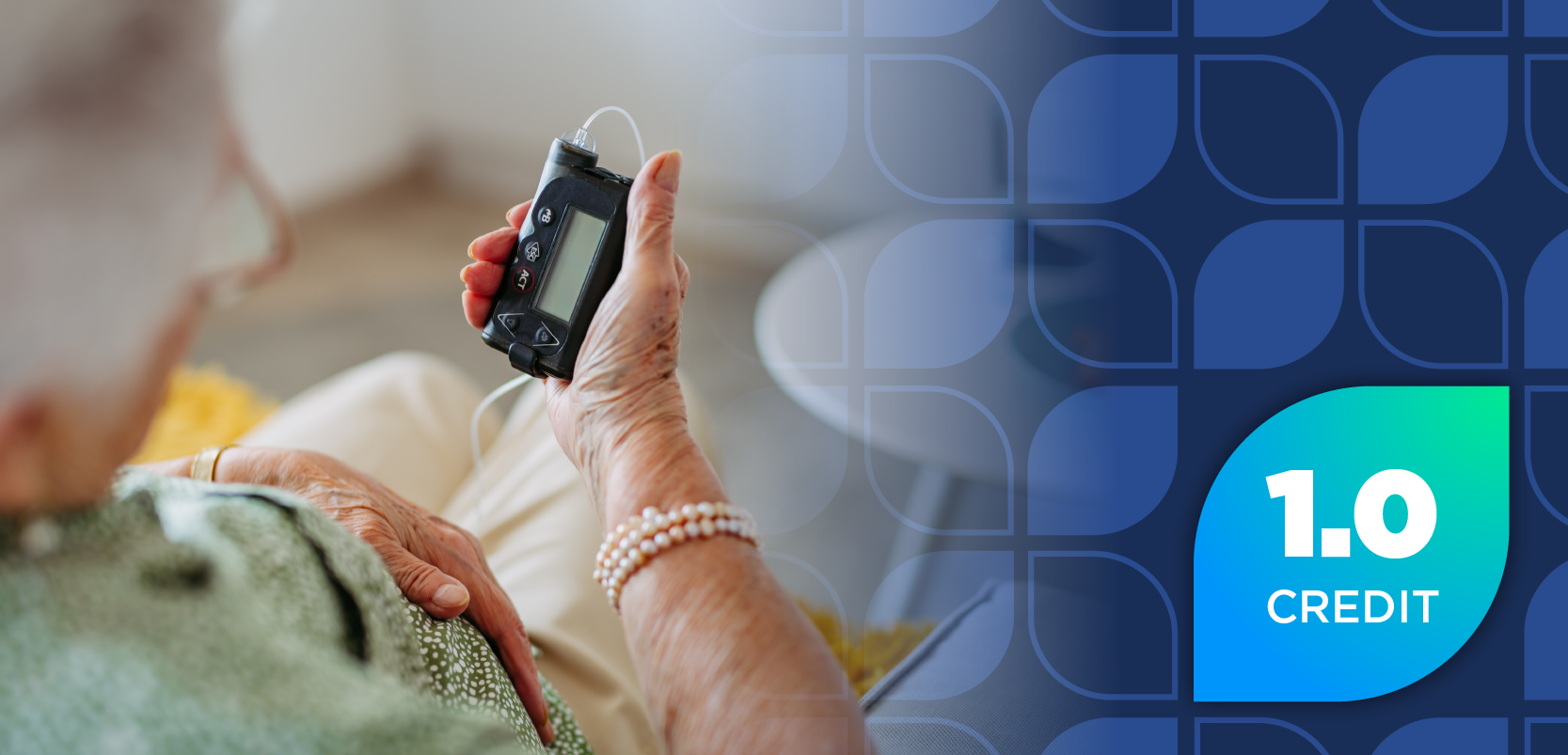
- Drug Topics July 2019
- Volume 163
- Issue 7
Hospital Drug Diversion: An Underreported Threat
Results of a recent survey suggest employee-based drug abuse is a concern for many healthcare providers, though they don’t believe it can happen in their facilities.
Results from a survey of 651 healthcare professionals indicate that many believe drug diversion within healthcare settings is a significantly growing problem and an underlying contributor to the ongoing opioid epidemic; however, identifying and combatting the problem remains a challenge. Only one in five respondents thought diversion was a problem at their facility.
According to the survey,
The survey results indicate that 85% of healthcare respondents are concerned about healthcare and provider-based drug diversion. Half of those who said they were concerned also confessed to witnessing a coworker’s suspicious acts, though few carried through with any reports. Interestingly, only 20% of healthcare provider respondents reported believing that diversion is a problem in their facility.
Beyond providers, corporate management also suffers from the same “not in my back yard” biases, according to the study’s results. Among C-suite executives who participated in the study, 89% believe that substance abuse is a significant problem, but only 53% believe it is a problem within hospital settings. Furthermore, only 17% indicated that they believe drug diversion to be an issue within their particular hospital.
Most hospitals already have drug diversion programs in place, but pinpointing instances of diversion is hindered by technological complications. Currently, raw data is collected from a variety of locations such as automated dispensing cabinets, electronic health records, and waste.
Similarly,
When combing through the data from various inputs, Hipwell says that she is primarily ensuring that all the transactions have been reconciled. Since humans are prone to error, she says, having one stream of data curated by a technology like artificial intelligence would be a major improvement. "That's what I'm really looking forward to,” she says, "something that can help us show the data in a way that combines all of the different avenues that we look at the data, decreases the time gathering the data, and decreases the time it takes to make these improvement efforts or investigations.”
Kipwell also realizes that with the increasing use of technology to flag potential drug diversion, the possibility of false positives increases. A false positive that seems to be drug diversion could easily, for instance, be a miscalculation within an automatic dispensing cabinet. Though not indicative of diversion, Hipwell says instances like these are either due to a practice mishap or some other workflow issue that needs to be improved. Either way, the technology should benefit the eventual outcomes.
Healthcare thought leaders participated in a presurvey study and highlighted a few potential causes of drug diversion within healthcare settings. The most prominent cause is the demanding nature of the work itself, and the accompanying stress that healthcare providers experience. In combination, this presents a risky environment for providers, especially those with regular, immediate access to narcotics (ie, nurses, anesthesiologists, and pharmacists). According to the Bureau of Labor Statistics, there are over 300,000 practicing nurses and 30,000 practicing anesthesiologists in the United States, indicating a staggering potential for abuse.
Though reports of drug diversion in healthcare settings remains low, thought leaders point to a combination of factors that may actually be inhibiting workers from coming forward. A recognized gap in training and communication, the social stigma attached to drug diversion and reporting the questionable behaviors of coworkers, and lagging technologies all contribute to a culture of potential suppression.
During the presurvey segment of the study, thought leaders seemed to agree that diversion within healthcare settings is taboo among coworkers; however, 67% of executive respondents said that they believe their employees are comfortable talking about drug diversion at work, and 89% of participating providers said that they are at least somewhat or very comfortable discussing diversion with colleagues.
Among the respondents who said that they would be uncomfortable discussing drug diversion at work, 67% believe that doing so sounds accusatory, 51% fear that it raises suspicions, and 40% believe that bringing up the topic engenders mistrust within their peers.
Access the full report
Articles in this issue
about 6 years ago
Opinion: Staying Afloatabout 6 years ago
Pharmacists at the FDA: Drug Information Specialistsabout 6 years ago
Compounding Industry on the Newest MOU Draftabout 6 years ago
Opinion: Your Approach to Hiring is All Wrongover 6 years ago
New Drug Review: Erdafitinibover 6 years ago
10 Ways to Reduce Administrative Costsover 6 years ago
Implementing Enhanced Community Pharmacy Servicesover 6 years ago
New Institute Aims to Get the Medications Rightover 6 years ago
Vaccinations in the PipelineNewsletter
Pharmacy practice is always changing. Stay ahead of the curve with the Drug Topics newsletter and get the latest drug information, industry trends, and patient care tips.































































































































































